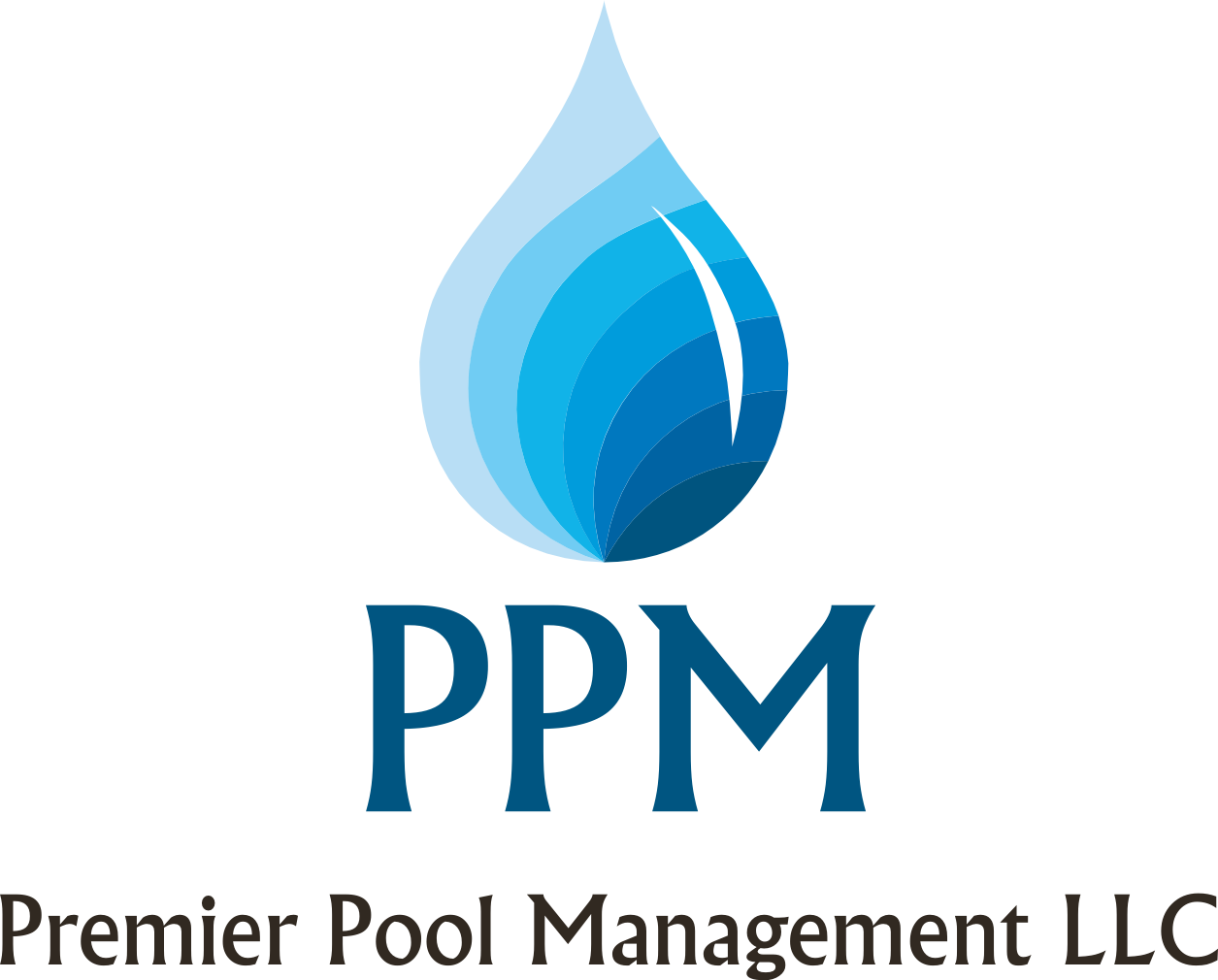Disclaimer: Like all information provided in a general manner to a mass audience -- these are general guidelines and ideas. Every pool is unique and requires a skilled and (hopefully) certified operator to interpret the unique needs and characteristics of the pool, along with all legal and safety requirements of the local area.
- #1 is a no-brainer! Keep your disinfectant (chlorine/bromine) at a safe but "hearty" level! The CDC just clarified on its website that it believes that when used properly, the chlorine and bromine used in recreational water kills COVID-19, just as chlorine & bromine kill the many other pathogens that could enter a pool. What is a "hearty" level? The options and ranges available to you depend on your location, the type of pool, which sanitizer you are using, and the local code - but most US pools would be safe and legal to shoot for 3.0 ppm of free chlorine for a pool and 4.0 ppm for a spa. With bromine, shoot for 4.0 ppm for pools and spas. Now is not the time to try to ride the commonly accepted bottom threshold of 1.0 ppm to save money on chemicals.
- Keep your pH dialed in between 7.2-7.8, or even better 7.3-7.5. Disinfectants work incredibly well when pH is in range, or even on the low side of the acceptable range of 7.2-7.8 (shoot for: 7.3, 7.4, 7.5). Disinfectants tend to not work as well as our pH climbs (7.6, 7.7, 7.8).
- Outdoor pools; reduce or stop your use of stabilizer. Stabilizer can be a great tool to help an operator reducing chlorine loss to UV radiation from the sun, but it also can slow the disinfection process in the pool. Chlorine does not work as well, aka, it does not kill pathogens (like COVID-19) as quickly with stabilizer present in the pool. Ideally, skip the stabilizer until the pandemic passes, but if stabilizer must be used, keep it at a reasonable level. Shoot for 25-30 ppm.
- Keep your alkalinity in check. 80-120 ppm of carbonate alkalinity is the goal. The impact of a healthy alkalinity number is more indirect than direct. It will make management of your pH recommendation (see #2 above) a lot easier.
- Use a FDA certified virucidal cleaner on items around your pool that are touched and used the most. Reports indicate that COVID-19 can be projected as far as 5 meters from an individual's cough and can live on some surfaces for up to 3 days. Increase cleaning frequencies and intensify cleaning processes. Focus on handrails, tables/chairs, door handles, counters, restrooms, etc.
- If you have a liquid feces incident in your pool, be absolutely sure to follow the CDC guidelines completely when treating the pool for an eventual re-opening. the CDC has found evidence of COVID-19 in fecal specimens, but it is not certain whether the virus can be spread through feces. Fecal treatment guidelines can be found on the CDC's website. The process is timely, costly, and can require significant manual labor to apply large amounts of chemical to the pool, but it is absolutely critical. There are variations of the treatment recipe if you are under a time crunch and want to do a little math, but the most commonly used method is to raise and maintain the chlorine level at least 20 ppm (consider shooting for 30 ppm because it will come back down in time) for 12.75 hours while maintaining a pH of 7.5 or less during that entire 12.75 hour timespan. Take water tests at 4 evenly spaced intervals during the 12.75 hours to verify and document that you are remaining in your desired range for chlorine and pH.
- Don't let sick customers swim. We are still waiting to see how big this COVID-19 situation becomes, but take measures to avoid the virus entering your facility and your pool. This gets tricky, so work with your owner or management to determine what the correct protocol is to turn a visibly sick customer away from the pool to keep other visitors safe.
- If staff are sick, send them home. Obvious, right?
- Consider adding UV disinfection or advanced oxidation process (AOP) to your pool. Properly dosed and installed UV or AOP will kill nasty protozoa like Crypto in an instant, and while we aren't aware of any claims yet with COVID-19, all signs point to COVID-19 also being an easy target for UV and AOP. The purchase, design, and installation of one of these systems will not occur overnight. Depending on how long the COVID-19 pandemic lasts, this recommendation may be best suited to address now so you are ready for the next pandemic, whenever that may be.
- Ensure that staff and customers are receiving messaging from your organization about following the CDC guidelines on preventing community spread of COVID19. So easy, yet so important!
Good luck, and stay healthy!!

